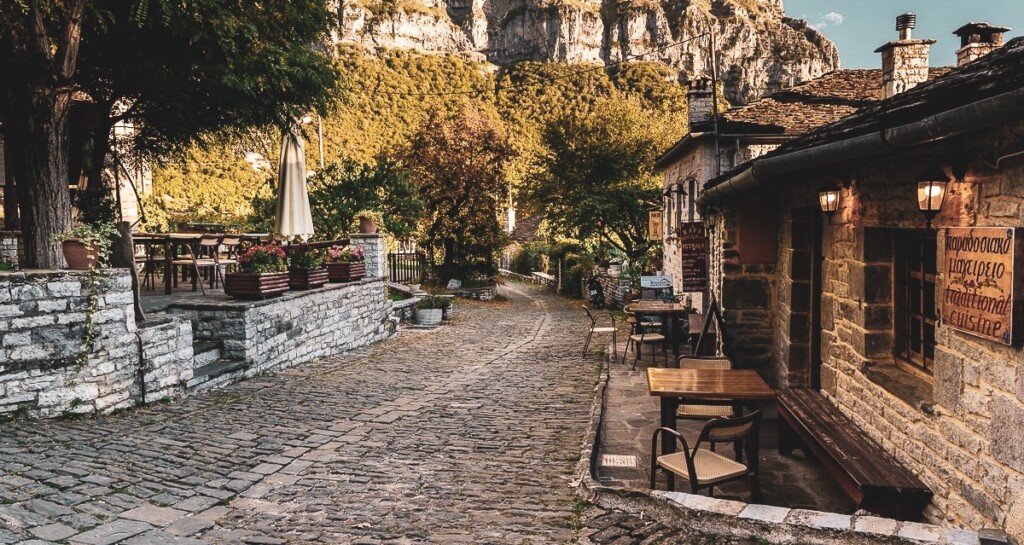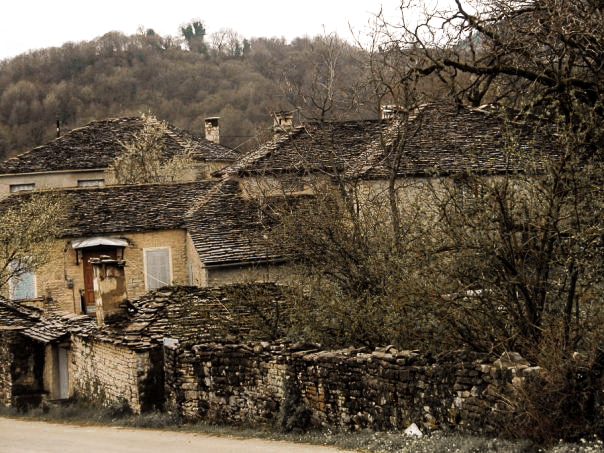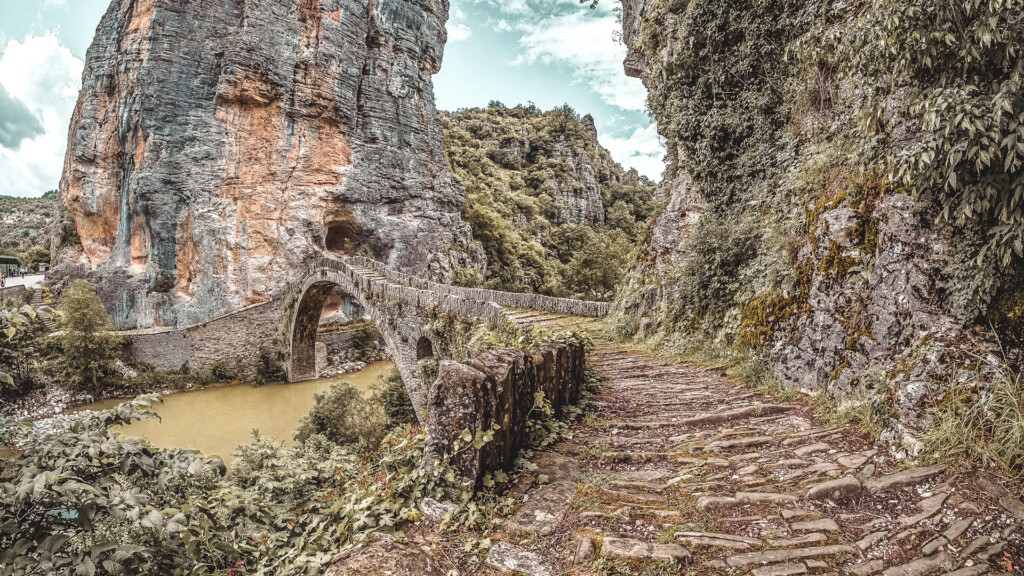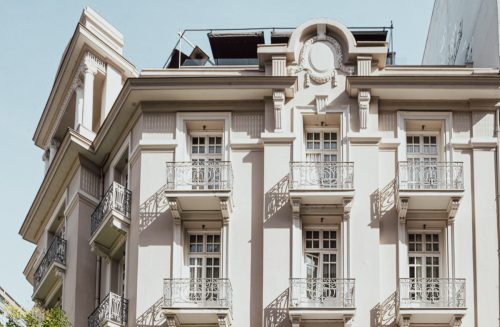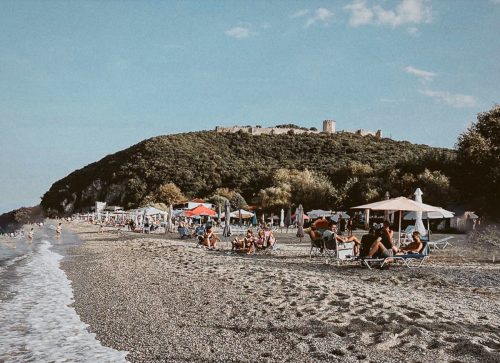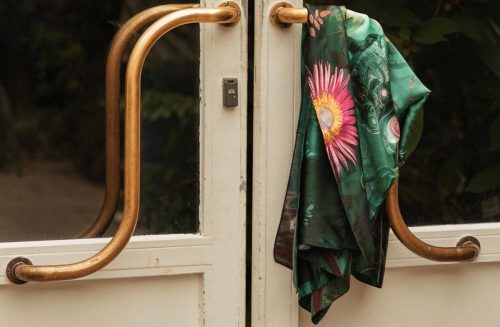Spring and early Autumn are the ideal times to explore the lush Zagori region of Epirus, although winters there are magical too. Time to get planning!
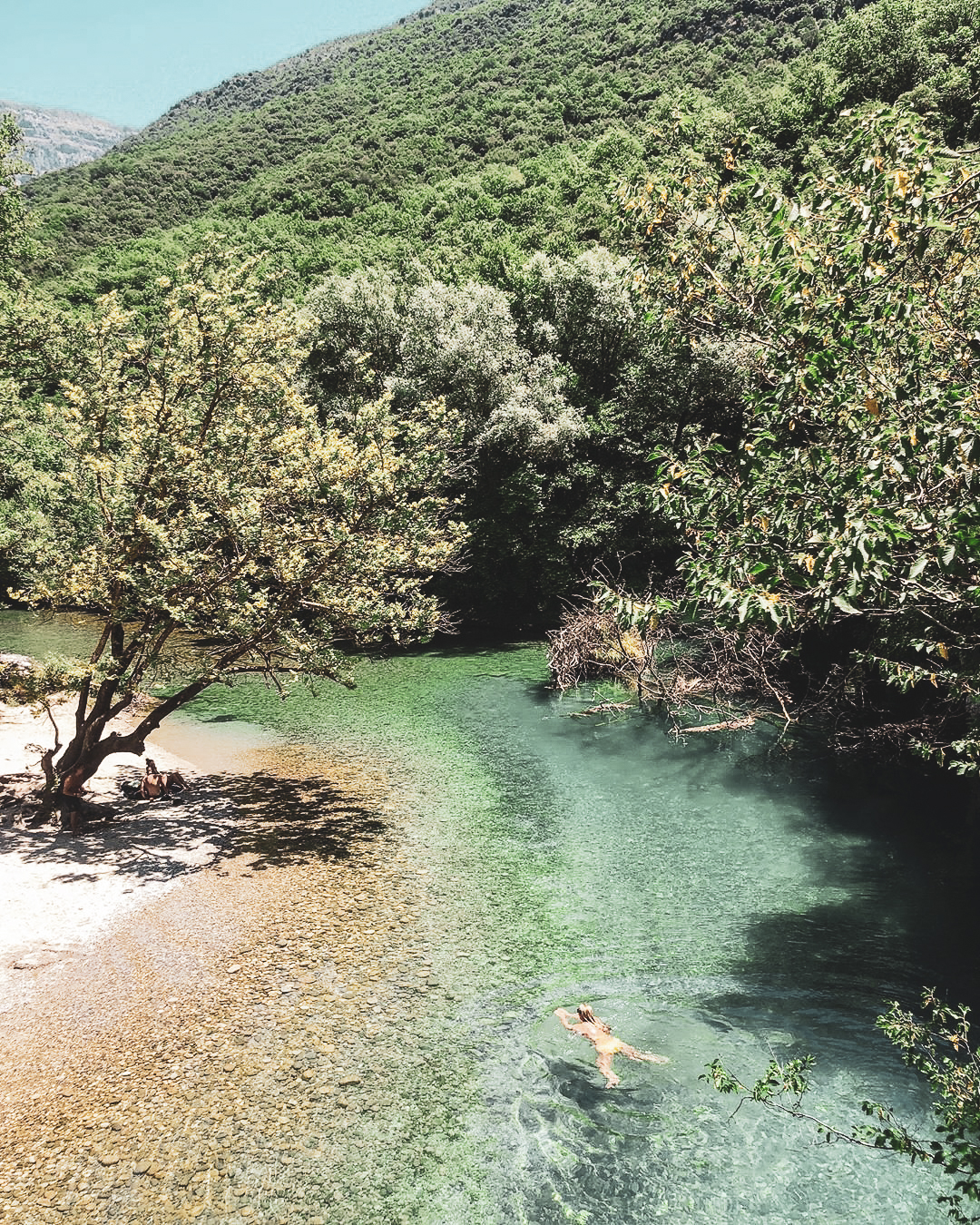
The cooler months of summer and the entire autumn-winter period is the perfect time to travel to northwestern Greece to the mountainous Zagori region, made up of 46 scenic villages. Here you can relish the antique allure of homogenous, beautifully maintained traditional architecture surrounded by verdant landscapes in a fresh alpine environment. The architectural style is chiefly one of stone and wood houses with dark grey slate roofs throughout all the villages, with a few mansions that were once homes to illustrious Greeks. The carefully preserved architectural beauty of this region is a unique feat for Greece, where unfortunately a lot of traditional architecture has been replaced with cement monstrosities.
Zagori (which in Slavic means ‘beyond the mountains) is an ideal place for a tranquil retreat: with an abundance of spectacular natural surroundings, whether you’re a parent, lover, hiker, artist, rafting fanatic or cultural explorer, there innumerable pleasures including culture, sightseeing and great food. Zagori is separated into western, eastern and central parts and is surrounded by other stunning Epirus regions like Ioannina, Arta and Tzoumerka.
The Most Unmissable Villages
You’ll need a car to get around, but once you reach the villages it’s best to park and walk around to get a real sense of the ambience.
At Vitsa, in the western side of Zagori, admire the mansions that once were home to some notable Greek historical figures. Zagori is also known for its beautiful stone bridges, so when in Vitsa, go to the Misios double-arched bridge. Vitsa is the most touristically developed of the villages and there you’re likely to find some of the most favourable dining options. One place famous in the whole of Zagori (and Greece) not to miss is Kanela kai Garyfalo (Cinnamon and Clove) which centres on the wonderful mushroom varieties the owners cultivate themselves.
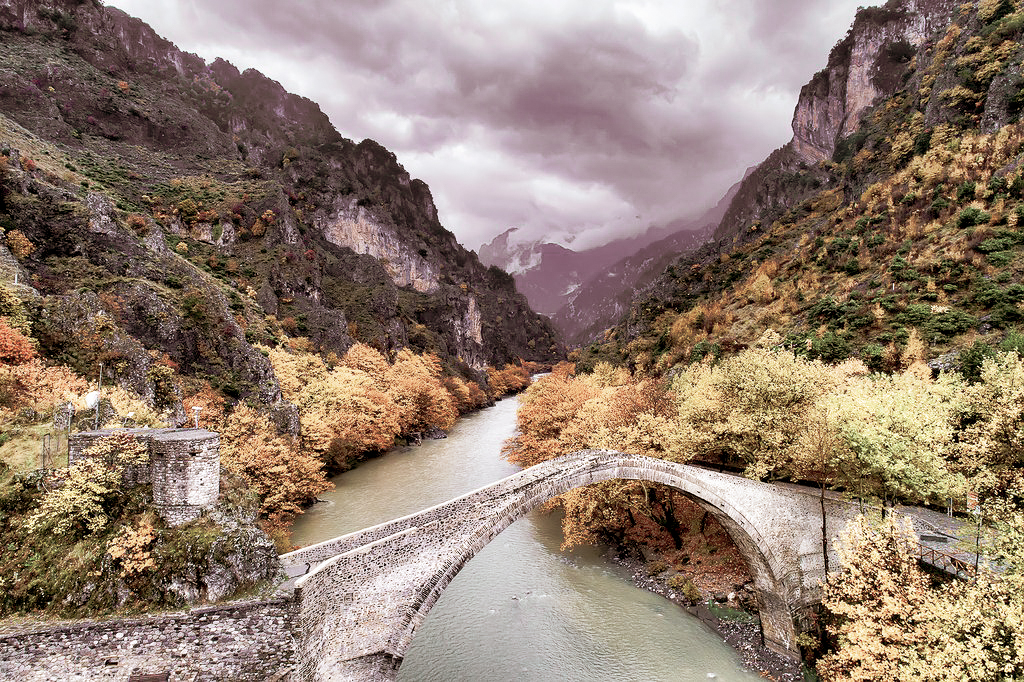
Located in the Vikos-Aoos National park are Zagori’s popular villages (western region) of Mikro and Megalo Papingo. The two are connected by a trail along which you’ll pass the Rogova and Ovires lakes, where you can even stop for a dip. Visit the churches of St George, of Archangel Michael and Gabriel and the Kallineos School.
Situated between Papingo and Kleidonia village is the Voidomatis river, where you can go on an organised rafting adventure or enjoy a swim on calmer days.
At Monodendri, walk along cobblestone roads lined with old stone houses and visit the Rizario Centre of Handicrafts, which showcases folk art like embroideries. Don’t miss out on the 15th-century Monastery of Agia Paraskevi nearby.
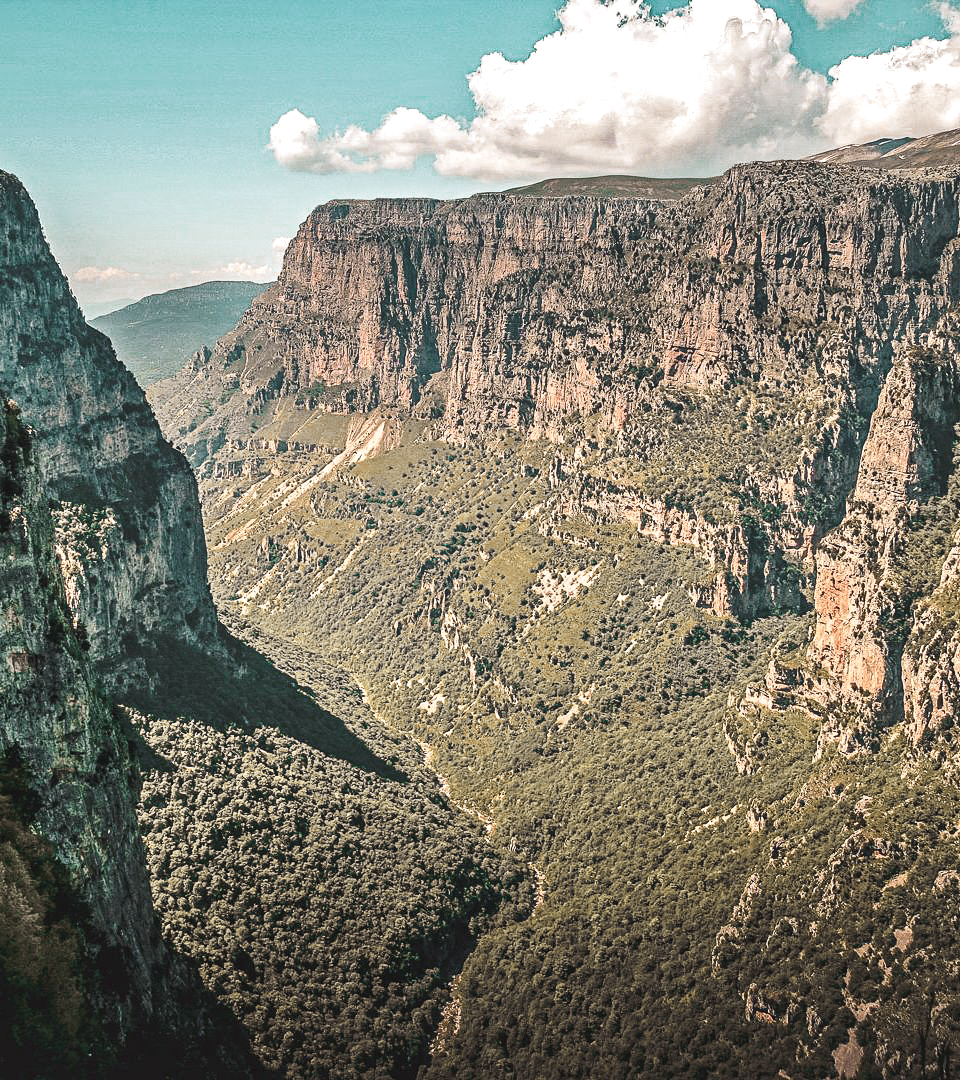
One of the Zagori region’s main attractions is the 20km-long Vikos gorge, surrounded by the Pindos mountains and considered to be the deepest in Europe. This is ideal for hikers, climbers and even just those who want to take in amazing, sweeping panoramic views of Zagori’s lush nature. During the six-hour trek through the gorge enjoy lovely views and seeing over 1,500 plant-species growing wild. Vikos is within Aoos-Vikos National park, a 126 sq km area of outstanding natural beauty.
In eastern Zagori you’ll find two beautiful villages that have a soundtrack of running waters. In Tristeno explore three passages that snake between the hills and are traversed by streams. Visit the 19th Century watermill and the 18th Century steeple of the St Georgios church. At Greveniti you can try the locally farmed trout, the Vardas river and the nearby Monastery of Votsas, said to have been built by Byzantine emperor Konstantinos IV Pagonatos in the 7th century.
At amphitheatrically-built Dilofo see the wonderful Markropoulou mansion. Nearby are the stone bridges of Kokkori and Plakida.
On the slopes of Mount Timfi, you’ll find Tsepelovo, located in central Zagori, where you can visit the beautiful Monastery of St Nicholas. Also in the central zone is Kipi, known for its triple-arched stone bridges and very appealing to adventure sports lovers because of its mountains ideal for climbing, hiking and biking and its two rivers of Bagiotikos and Vikakis. For beautiful architecture in this area visit the village of Koukouli, where you can admire grandiose mansions and pretty fountains.
Where to Stay and Eat
At each of Zagori’s villages, you’re guaranteed to find charming, cosy and well-run B&Bs or even boutique hotels, often located in beautifully renovated old mansions or traditional houses. Try the village food, sit in the squares and kafeneions with the locals to sip Greek coffee or raki and eat a homemade dessert.

